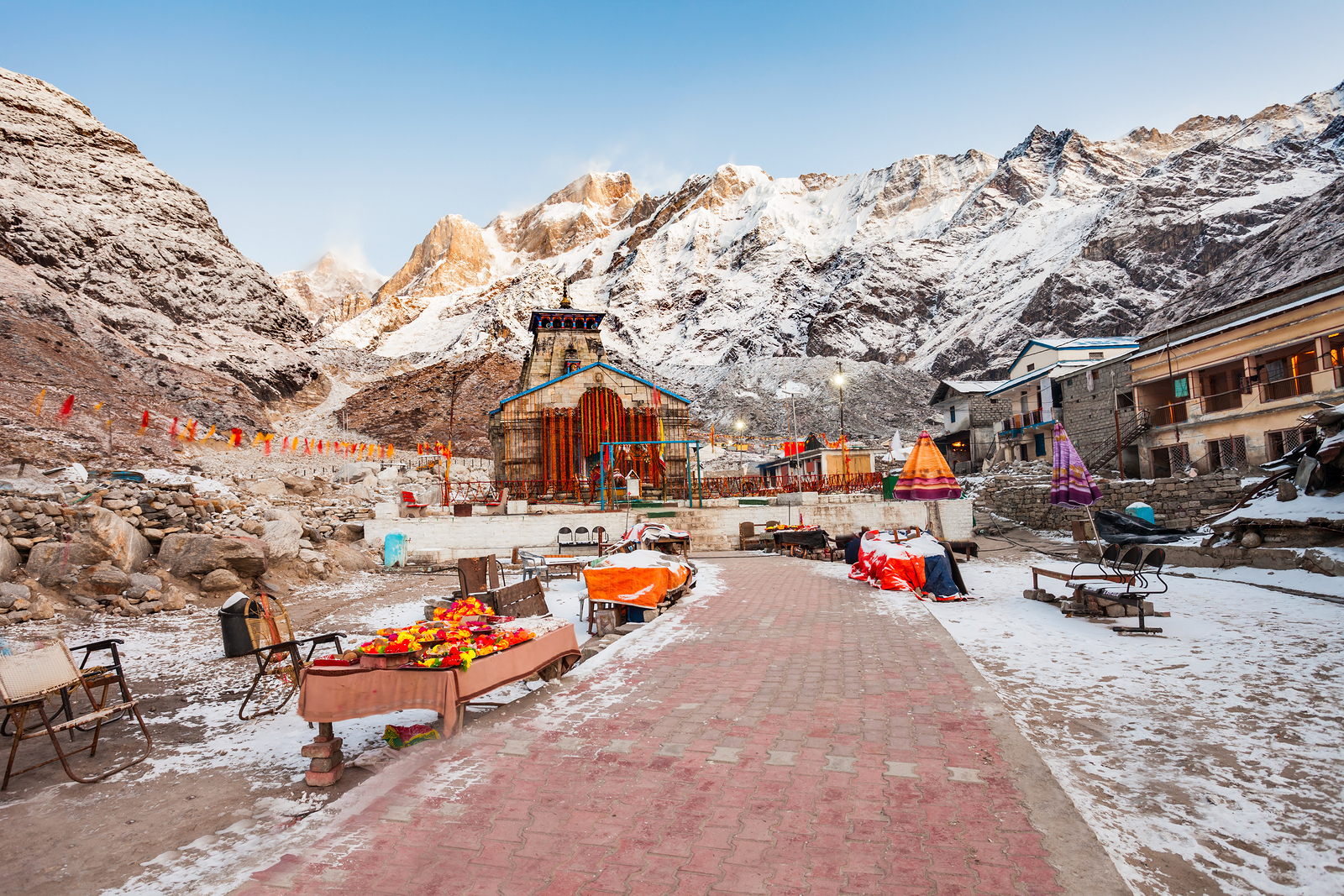
Chota Char Dham is a small circuit of four abodes that seat Lords Shiva and Badri and Goddesses Yamuna and Ganga. It’s one of the most divine voyages that many devotees get down for, from different corners of the country, even from southern cities like Chennai. The pilgrimage is a representative of three major Hindu sectarians encompassing two Shakti(goddess) sites, one Shaiva (Kedarnath) site, and one Vaishnava site (Badrinath). According to Hindu mythology, those, who visit all four shrines at least once in their lives, get all their sins washed away and attain moksha. The historic prevalence and credibility of this archetypal Char Dham Yatra from Chennai might have astonished several pilgrims so far, but not many would have known about an amazingly mystical jaunt that each Dham has to offer.
Let’s take Kedarnath first. Dwelling in the Himalayan state of Uttarakhand at an altitude of 3583m, the temple is perched on the banks of river Mandakini near Chorabari Glacier. It is believed that the shrine was originally created by Pandavas of Mahabharata and designed by Adi Guru Shankaracharya later on. Just like these, there prevail various other riveting facts associated with Kedarnath temple, read on to learn about them.
1- ETERNALLY PROTECTED AND UNHARMED
Lord Shiva himself is the creator and destroyer of the universe, which testifies to the invincibility of his holiest shrine in the Himalayas. As if it’s not a testimony to the presence of an invincible divine, here’s another fact that reinforces the belief. During 2013 floods, when the most portion of the Dham drowned under the water, only the shrine was left intact.
2- GUARDED BY THE DIVINE BHAIRO NATH JI
Bhairo Nath Ji or Kshetrapal is regarded as the guardian of the temple and believed to be protecting the shrine while sitting in a temple that lies in the proximity. His fiery avatar of destruction and devastation drives away evil spirit from the temple and keep it free from any damage. As part of the Hindu ritual, People need to visit Bhairon Baba Mandir along with Kedarnath.
3- A PART OF PANCH KEDAR
Along with one of four Chota Dhams, it is a part of Panch Kedar, all of them residing in the Garhwal region only. Each of five shrines is devoted to different body parts of Lord Shiva, for instance, Tungnath is for hands, Rudranath is for face, Madhyamaheshwar is for stomach and navel, and Kalpeshwar is where his head is worshiped.
4- THE IDOL OF SHIVA IS WITHOUT A FACE
The statue of the lord is decapitated and believed to be in Doleshwor Mahadeva Temple in Bhaktapur, Nepal. According to Hindu mythology, when Pandavas saw a unique bull in the Himalayas when they were on their journey to absolve their sins, they tried to catch it. In this tug of war, they split the bull who was a human incarnation of Lord Kedar, into pieces. As a result, its face fell in Nepal where it is worshiped today, leaving its hind part here in Kedarnath.
From all four shrines, the Kedarnath temple is where pilgrims find their wayfaring to Char Dham yatra from Chennai completely immersed. The historic presence and mythological connection turn the shrine into a paradise worth unraveling.
